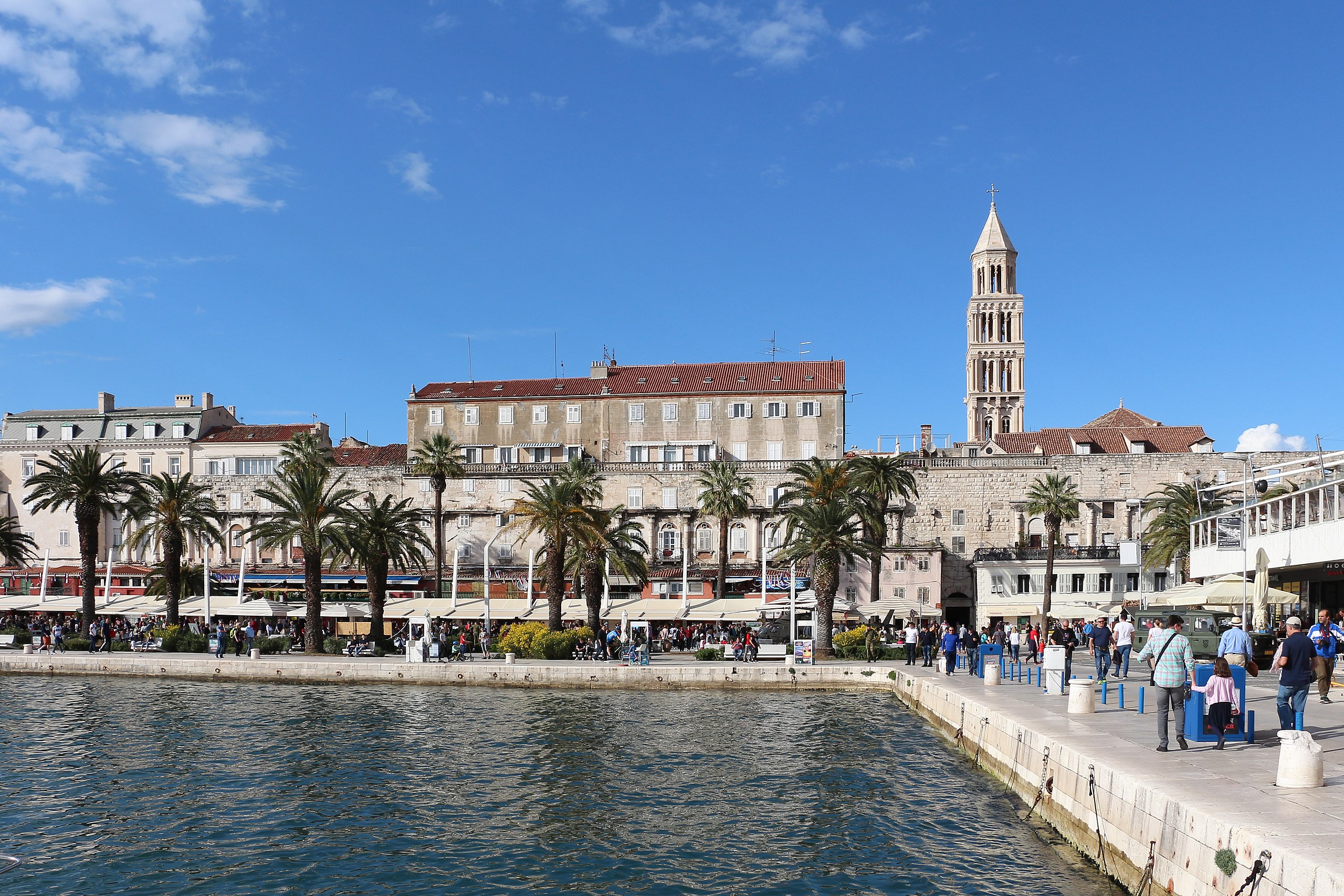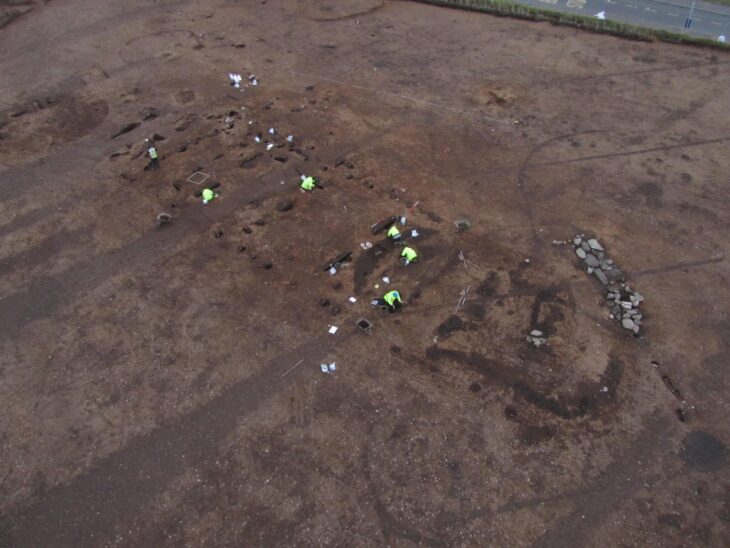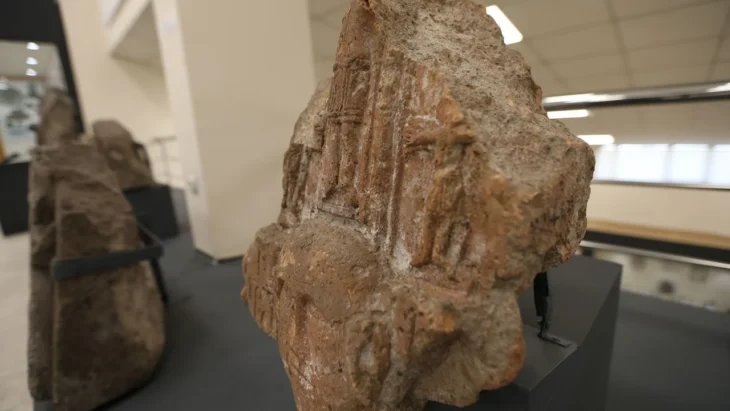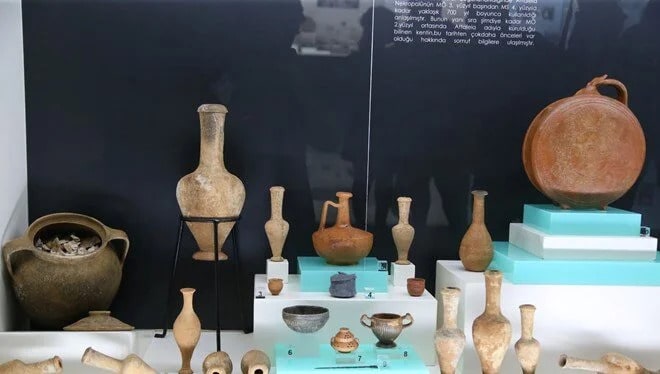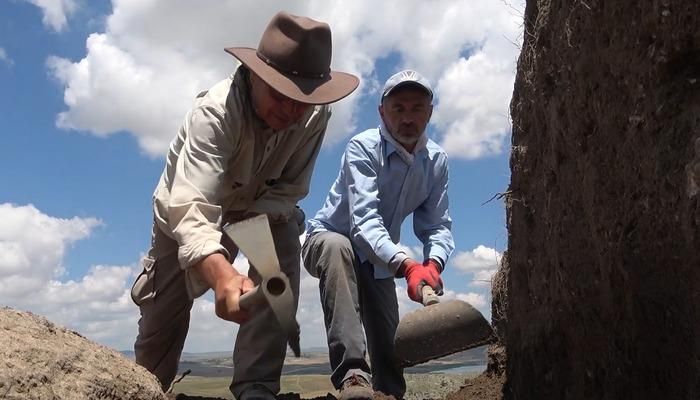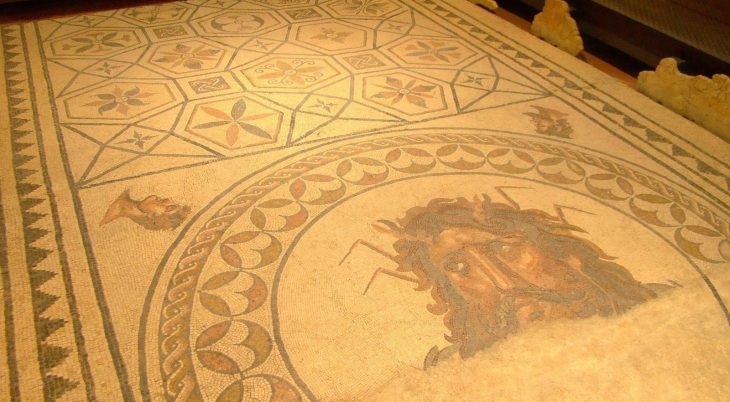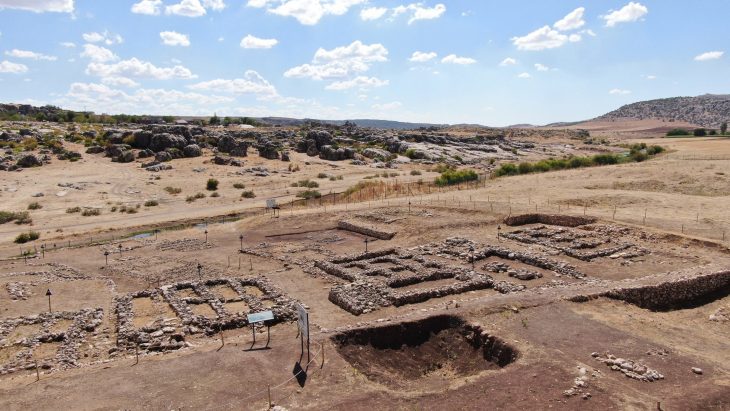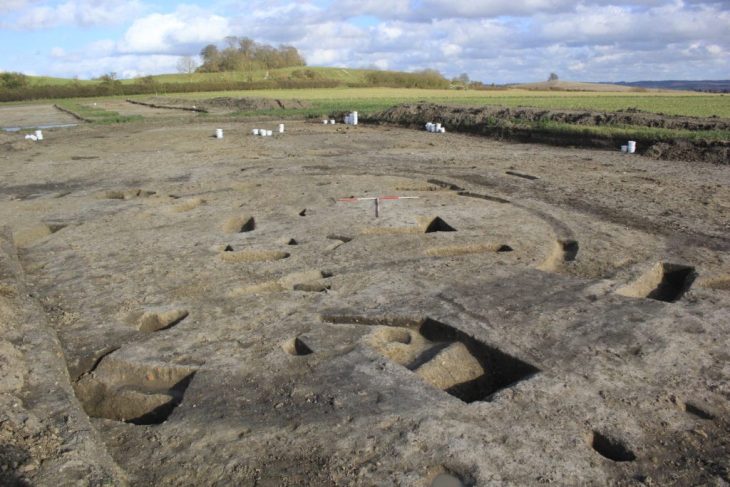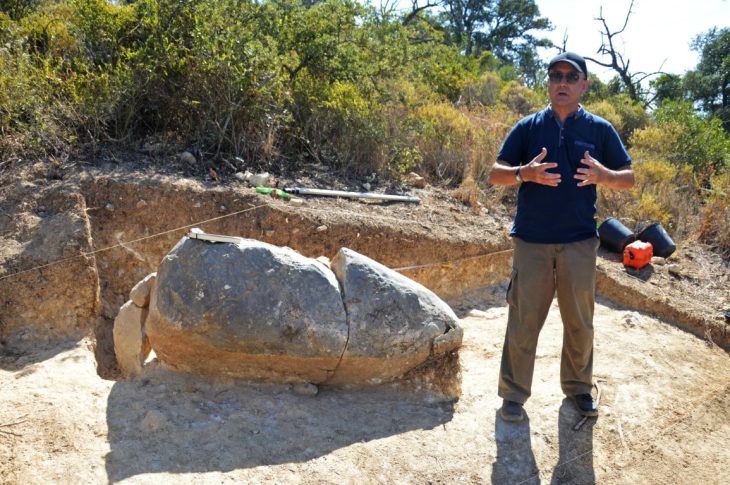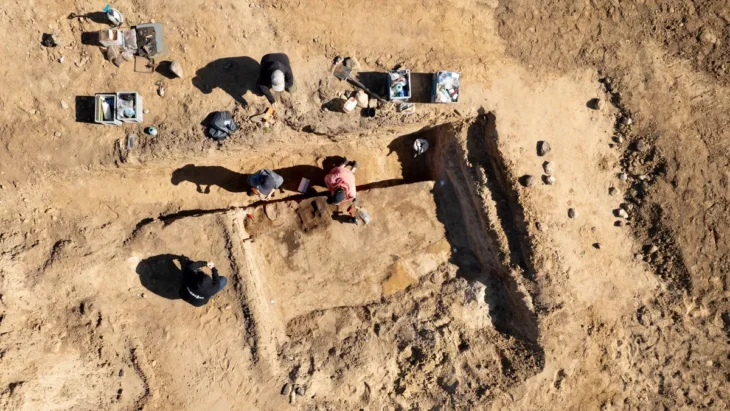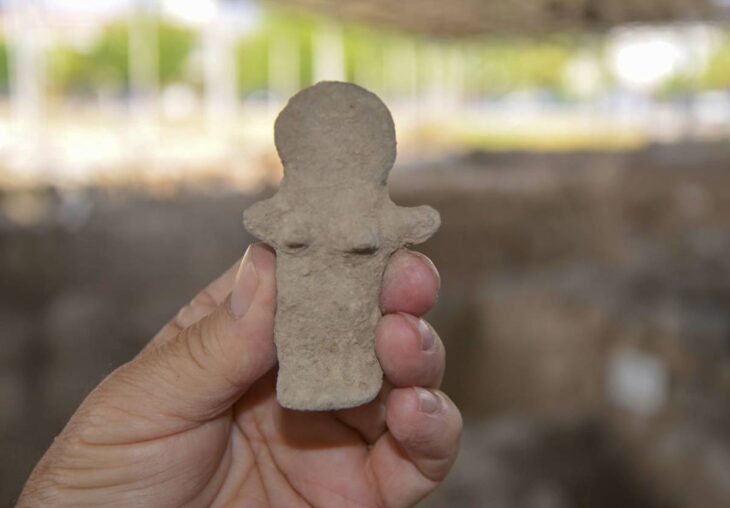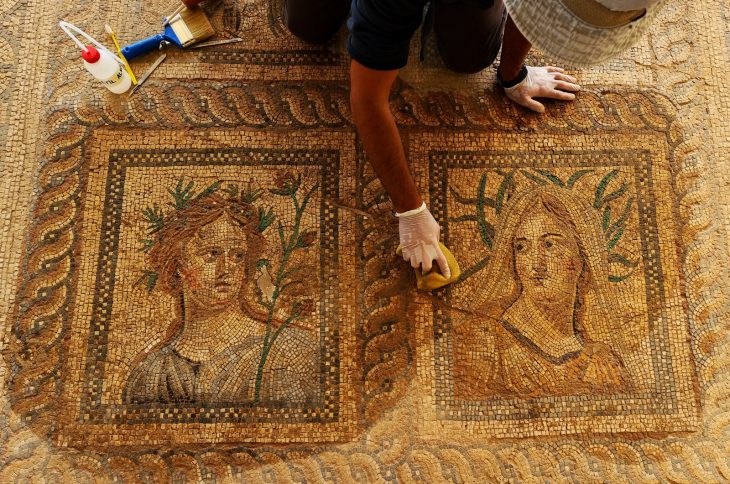A groundbreaking discovery beneath Hrvojeva Street, near Diocletian’s Palace, is reshaping our understanding of Roman life and architecture in the heart of ancient Dalmatia.
During a routine restoration of Hrvojeva Street in Split, archaeologists stumbled upon a long-lost underground corridor buried for over five centuries. This hidden Roman guard passage, connecting the bustling street directly to the legendary cellars of Diocletian’s Palace, had remained sealed off and forgotten since the time of the Ottoman incursions.
Now, this newly uncovered route offers a rare window into the daily rhythms of imperial Rome.
“In the time of Emperor Diocletian, this space was alive with movement and purpose,” Vesna Bulić Baketić, Director of the City Museum of Split, told HRT. “Today it’s silent, but we’re uncovering the layers of a once-thriving world.”
A Time Capsule Beneath the City
Archaeologists had originally been searching for a 17th-century tower reportedly demolished during the Ottoman threat. Instead, they found a doorway to the past — a tunnel woven into the palace’s eastern wall. Experts believe it once linked the palace cellars with stairs leading to Diocletian’s upper apartments, later repurposed by a bishop whose garden replaced imperial quarters.
📣 Our WhatsApp channel is now LIVE! Stay up-to-date with the latest news and updates, just click here to follow us on WhatsApp and never miss a thing!!
“The passage may have played a critical role in the palace’s transformation from imperial residence to ecclesiastical stronghold,” explained lead archaeologist Nebojša Cingeli.
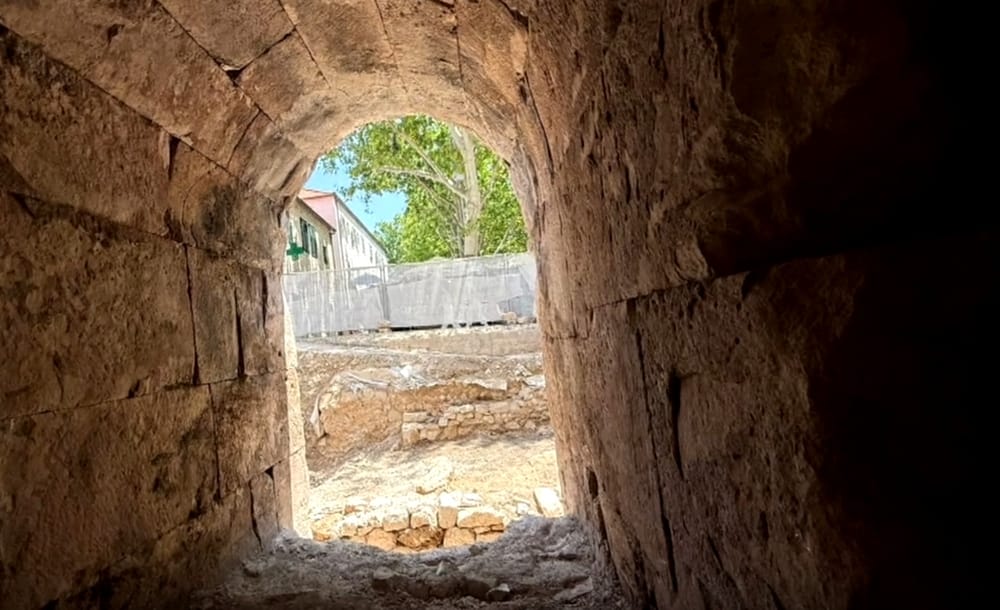
The discovery is part of a larger conservation initiative to restore the palace vaults and strengthen Split’s historic infrastructure. It also opens up new archaeological frontiers: the mysterious tower owned by the noble Ciprianis family remains elusive, hinting that further secrets lie just beneath the surface.
Open to the Public — Forever
Previously, the palace cellars had only one entrance and one exit. With this second access point now open, the passage not only enhances visitor safety but deepens the immersive experience of Split’s ancient heritage.
Jasna Jerkov, Head of the Department for the Old Town and Heritage, emphasized the value of extended excavation efforts:
“This find proves the importance of exploring every stone, every wall. The palace is still speaking to us.”
Now permanently accessible to the public, the hidden passage is more than just a structural marvel — it’s a rediscovered artery in the lifeblood of Split’s Roman legacy.
Cover Image Credit: South view of Diocletian’s Palace in Split.

